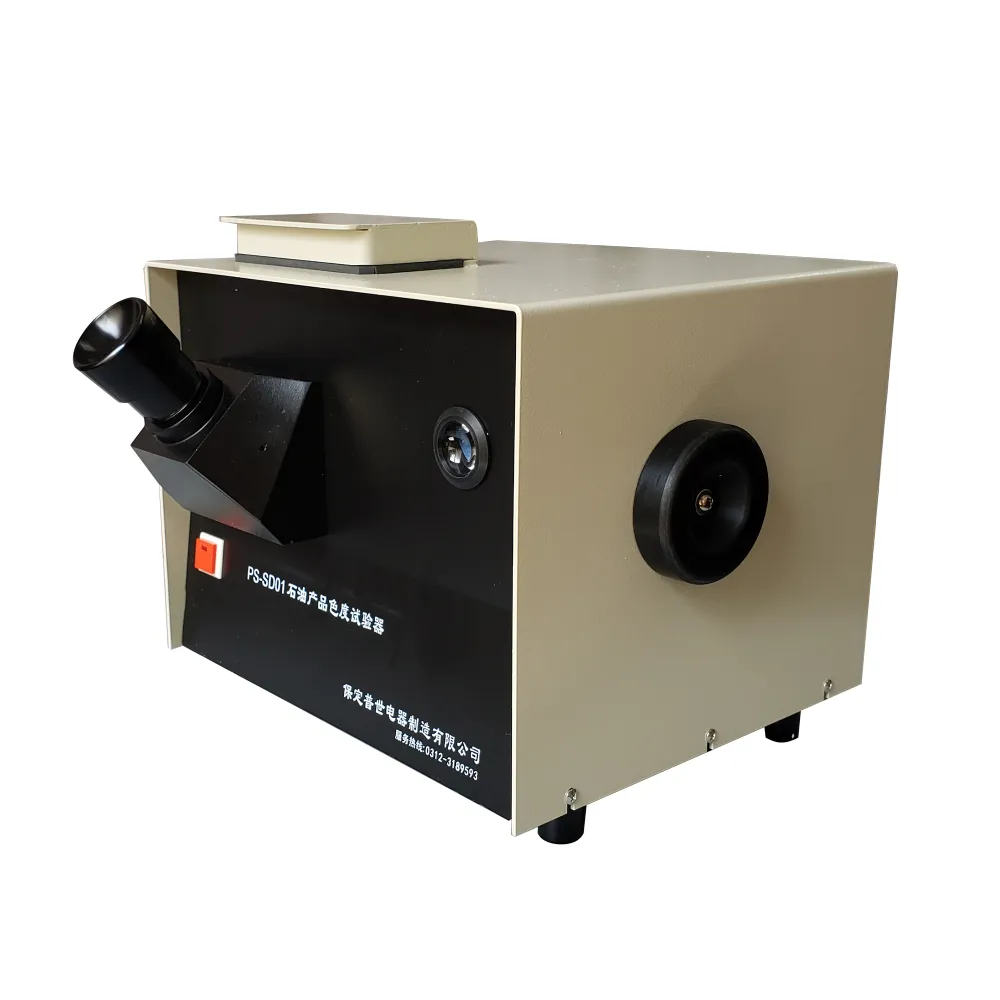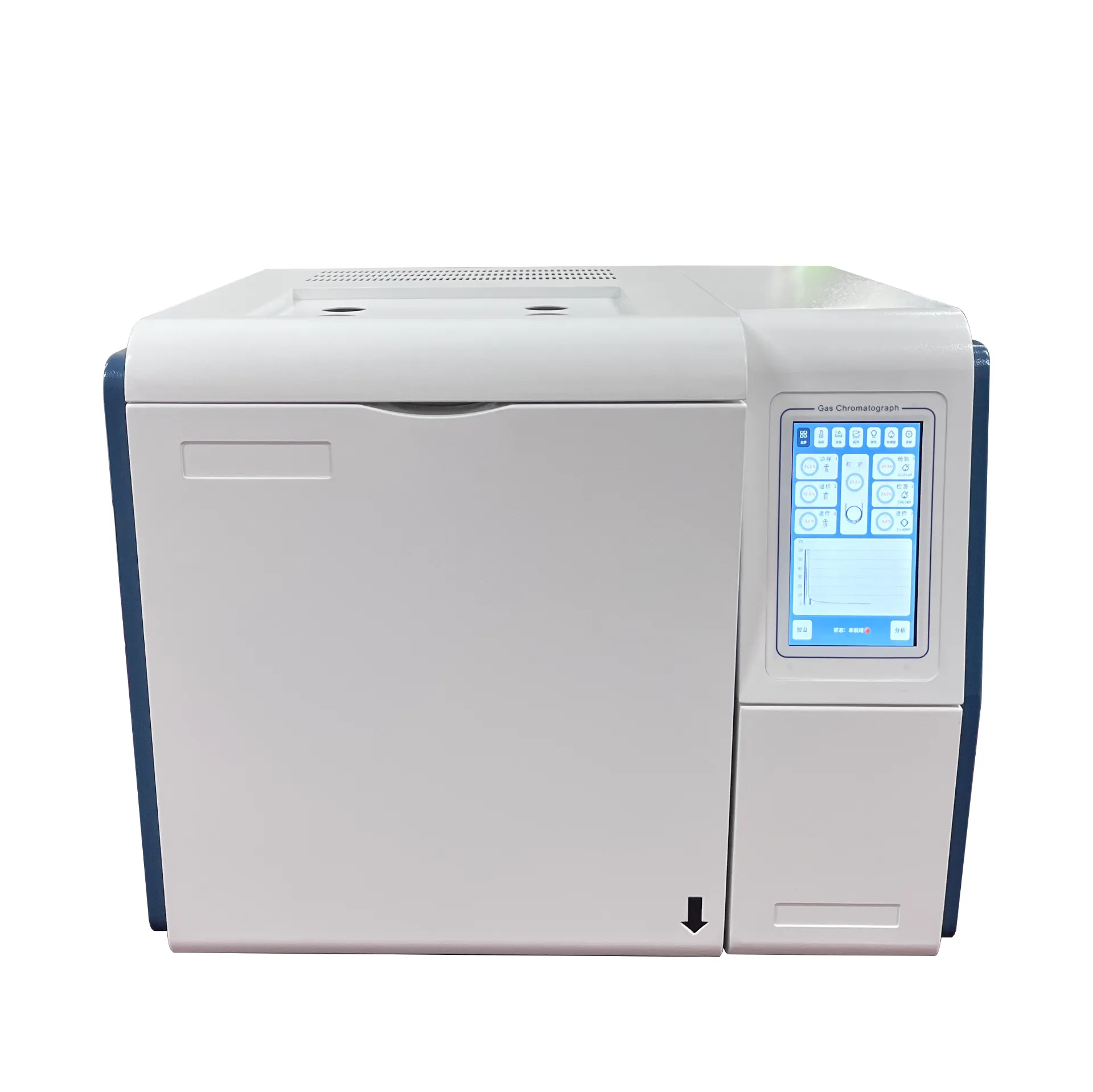TEL:
+86-0312-3189593
 English
English

Telephone:0312-3189593

Email:sales@oil-tester.com

-
 Afrikaans
Afrikaans -
 Albanian
Albanian -
 Amharic
Amharic -
 Arabic
Arabic -
 Armenian
Armenian -
 Azerbaijani
Azerbaijani -
 Basque
Basque -
 Belarusian
Belarusian -
 Bengali
Bengali -
 Bosnian
Bosnian -
 Bulgarian
Bulgarian -
 Catalan
Catalan -
 Cebuano
Cebuano -
 China
China -
 China (Taiwan)
China (Taiwan) -
 Corsican
Corsican -
 Croatian
Croatian -
 Czech
Czech -
 Danish
Danish -
 Dutch
Dutch -
 English
English -
 Esperanto
Esperanto -
 Estonian
Estonian -
 Finnish
Finnish -
 French
French -
 Frisian
Frisian -
 Galician
Galician -
 Georgian
Georgian -
 German
German -
 Greek
Greek -
 Gujarati
Gujarati -
 Haitian Creole
Haitian Creole -
 hausa
hausa -
 hawaiian
hawaiian -
 Hebrew
Hebrew -
 Hindi
Hindi -
 Miao
Miao -
 Hungarian
Hungarian -
 Icelandic
Icelandic -
 igbo
igbo -
 Indonesian
Indonesian -
 irish
irish -
 Italian
Italian -
 Japanese
Japanese -
 Javanese
Javanese -
 Kannada
Kannada -
 kazakh
kazakh -
 Khmer
Khmer -
 Rwandese
Rwandese -
 Korean
Korean -
 Kurdish
Kurdish -
 Kyrgyz
Kyrgyz -
 Lao
Lao -
 Latin
Latin -
 Latvian
Latvian -
 Lithuanian
Lithuanian -
 Luxembourgish
Luxembourgish -
 Macedonian
Macedonian -
 Malgashi
Malgashi -
 Malay
Malay -
 Malayalam
Malayalam -
 Maltese
Maltese -
 Maori
Maori -
 Marathi
Marathi -
 Mongolian
Mongolian -
 Myanmar
Myanmar -
 Nepali
Nepali -
 Norwegian
Norwegian -
 Norwegian
Norwegian -
 Occitan
Occitan -
 Pashto
Pashto -
 Persian
Persian -
 Polish
Polish -
 Portuguese
Portuguese -
 Punjabi
Punjabi -
 Romanian
Romanian -
 Russian
Russian -
 Samoan
Samoan -
 Scottish Gaelic
Scottish Gaelic -
 Serbian
Serbian -
 Sesotho
Sesotho -
 Shona
Shona -
 Sindhi
Sindhi -
 Sinhala
Sinhala -
 Slovak
Slovak -
 Slovenian
Slovenian -
 Somali
Somali -
 Spanish
Spanish -
 Sundanese
Sundanese -
 Swahili
Swahili -
 Swedish
Swedish -
 Tagalog
Tagalog -
 Tajik
Tajik -
 Tamil
Tamil -
 Tatar
Tatar -
 Telugu
Telugu -
 Thai
Thai -
 Turkish
Turkish -
 Turkmen
Turkmen -
 Ukrainian
Ukrainian -
 Urdu
Urdu -
 Uighur
Uighur -
 Uzbek
Uzbek -
 Vietnamese
Vietnamese -
 Welsh
Welsh -
 Bantu
Bantu -
 Yiddish
Yiddish -
 Yoruba
Yoruba -
 Zulu
Zulu
Feb . 10, 2025 09:30
Back to list
knee voltage ct
Knee voltage, often called the cut-in voltage, is a crucial parameter in the characterization of diodes, particularly silicon and germanium diodes. Its significance extends across various sectors, including medical imaging, particularly computed tomography (CT). In the realm of CT technology, understanding knee voltage is essential for optimizing image quality and ensuring patient safety. This article delves into the specifics of knee voltage within CT technology, providing insights from both a user experience and technical perspective.
In product development, manufacturers continuously seek to innovate by focusing on materials that could offer better performance at lower knee voltages. For instance, advancements in semiconductor technology have introduced novel materials that can function efficiently at reduced knee voltages, consequently decreasing power consumption without compromising image quality. This pursuit of efficiency advocates for the Expertise of manufacturers to balance energy requirements against operational performance, offering safer and more reliable CT systems. Another aspect where knee voltage is of paramount importance is in the longevity and maintenance of the CT equipment. Constantly operating at or near the minimum knee voltage can increase the lifespan of the components of the X-ray tube by avoiding excessive thermal and electrical stress. The lifecycle management of CT systems greatly benefits from such practices, as it addresses both financial aspects and resource management, echoing the Trustworthiness and Experience factors for healthcare facilities investing in CT technology. Ultimately, knee voltage stands as a fundamental parameter not only for the operation of CT technologies but as an indicator of innovation and advancement in medical imaging. Institutions that leverage these technological insights demonstrate a commitment to quality healthcare delivery, reinforcing their authoritative stance in the medical field. The comprehensive understanding of knee voltage and its implications fosters an environment where medical imaging can thrive, ensuring that the continuously evolving field of CT diagnostics meets both current and future healthcare challenges with confidence and reliability. Such expertise and understanding ultimately lead to better health outcomes and patient satisfaction, adding value to the entire diagnostic process.


In product development, manufacturers continuously seek to innovate by focusing on materials that could offer better performance at lower knee voltages. For instance, advancements in semiconductor technology have introduced novel materials that can function efficiently at reduced knee voltages, consequently decreasing power consumption without compromising image quality. This pursuit of efficiency advocates for the Expertise of manufacturers to balance energy requirements against operational performance, offering safer and more reliable CT systems. Another aspect where knee voltage is of paramount importance is in the longevity and maintenance of the CT equipment. Constantly operating at or near the minimum knee voltage can increase the lifespan of the components of the X-ray tube by avoiding excessive thermal and electrical stress. The lifecycle management of CT systems greatly benefits from such practices, as it addresses both financial aspects and resource management, echoing the Trustworthiness and Experience factors for healthcare facilities investing in CT technology. Ultimately, knee voltage stands as a fundamental parameter not only for the operation of CT technologies but as an indicator of innovation and advancement in medical imaging. Institutions that leverage these technological insights demonstrate a commitment to quality healthcare delivery, reinforcing their authoritative stance in the medical field. The comprehensive understanding of knee voltage and its implications fosters an environment where medical imaging can thrive, ensuring that the continuously evolving field of CT diagnostics meets both current and future healthcare challenges with confidence and reliability. Such expertise and understanding ultimately lead to better health outcomes and patient satisfaction, adding value to the entire diagnostic process.
Previous:
Latest news
-
Testing Equipment Industry Sees Major Advancements in 2025: Smart & Precision Technologies Lead the WayNewsJun.06,2025
-
Applications of Direct Current Generators in Renewable Energy SystemsNewsJun.05,2025
-
Hipot Tester Calibration and Accuracy GuidelinesNewsJun.05,2025
-
Digital Circuit Breaker Analyzer Features and BenefitsNewsJun.05,2025
-
Benefits of Real-Time Power Quality Monitoring Devices for Industrial EfficiencyNewsJun.05,2025
-
Earth Fault Loop Testing in High-Rise Building Electrical SystemsNewsJun.05,2025



